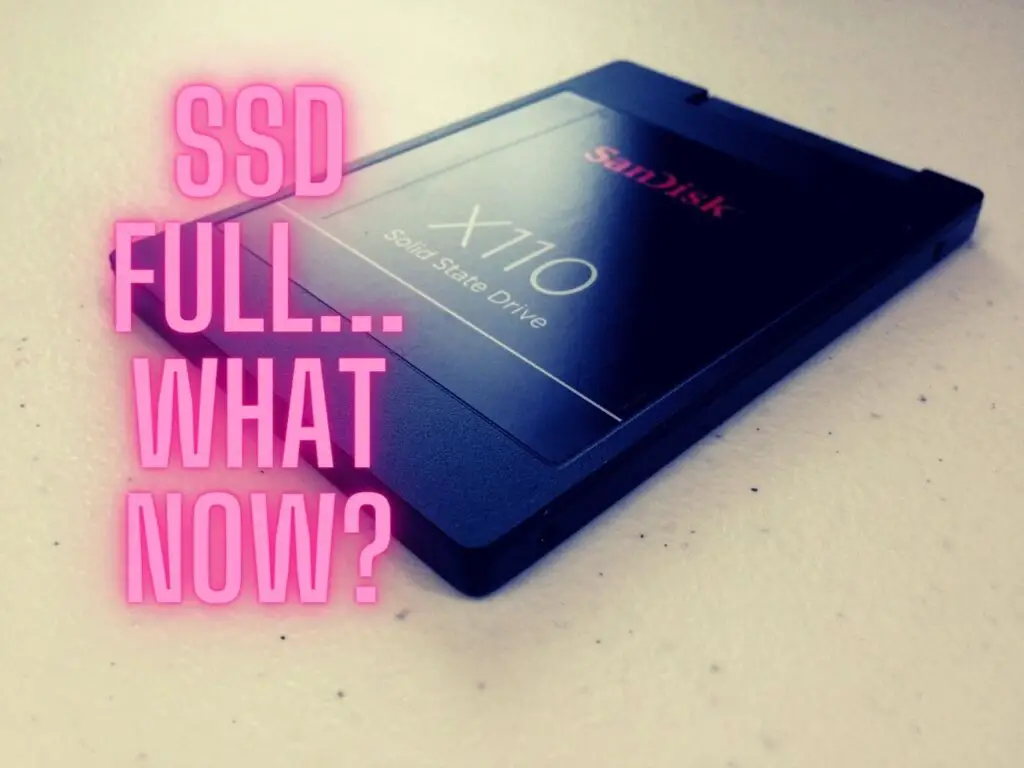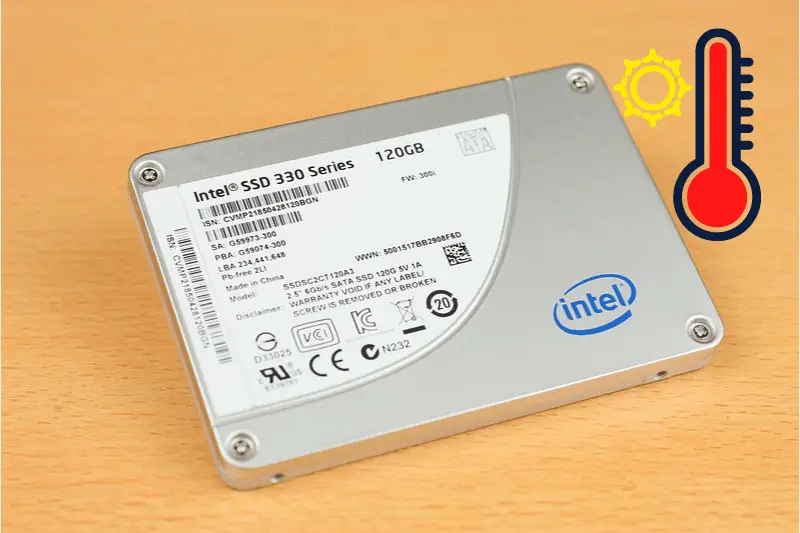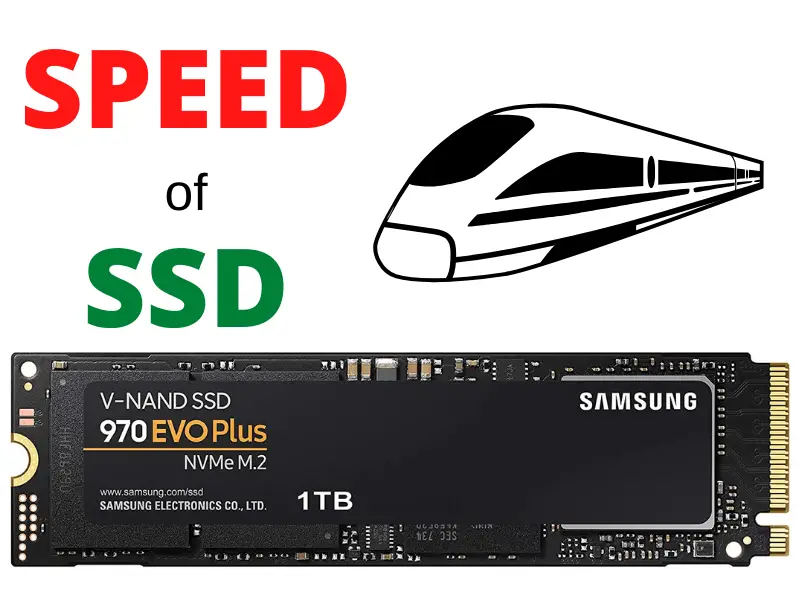The Anycubic Kobra is a fantastic 3D printer that makes diving into the world of 3D printing a breeze.
As a first-time user, I found it incredibly user-friendly and easy to set up.
With its innovative design and built-in automatic leveling system, the Kobra ensures a smooth printing experience for both beginners and experienced users alike.
Table of Contents

I was excited to begin my first print on the Anycubic Kobra 3D printer. The process was surprisingly simple, thanks to the printer’s user-friendly controls and detailed user manual.
With a plethora of materials and designs to choose from, I quickly became immersed in the creative process of transforming digital models into tangible objects.
In summary, the Anycubic Kobra 3D printer provides a seamless transition into the exciting world of 3D printing.
From its effortless setup to the ease of printing my first project, this printer stands out as an accessible option for those looking to explore the endless possibilities of this technology.
Setting Up Your Anycubic Kobra

Unboxing and Assembly
When I received my Anycubic Kobra 2 Pro, I started by carefully unboxing all the components. I removed the foam and took out the gantry frame and base, as well as all the accessories.
To assemble the printer, I first separated the gantry frame from the base by removing the four fixing plates.
With the help of the provided wrench and manual, I installed the frame and made sure the V-slot wheels were aligned properly.
Next, I sorted and organized the cables, ensuring that they were neatly tucked away and secured with zip ties.
This helped me keep the workspace organized and prevent any accidents during the printing process.
Pre-Power-On Inspection
Before powering up my Anycubic Kobra 2 Pro, I performed a thorough inspection of the printer.
I made sure that the belts were properly tensioned and that all the cables were well connected. I also checked for any loose screws or misaligned components, fixing them as needed.
As the Anycubic Kobra 2 Pro features the new Anycubic LeviQ 2.0 bed leveling system, I focused on ensuring that the print bed was properly adjusted.
LeviQ 2.0 is a major upgrade from its predecessor, offering a more accurate and easy-to-use leveling process. By following the setup instructions, I was able to achieve a perfectly leveled surface for my prints.
Once I completed the inspections, assembly, and adjustments, I successfully set up my Anycubic Kobra for the first time.
With everything in place and the printer ready to go, I looked forward to creating amazing 3D prints using this fantastic device.
Getting Started with Printing

Loading Filament and Bed Leveling
I’ve recently started with the Anycubic Kobra 3D printer, and the first thing I did was load the filament into the extruder. It was a breeze, as the user manual clearly explained the process.
After that, I moved on to setting up the print bed for my prints. This printer comes with LeviQ 2.0 technology, which makes the auto-leveling process incredibly easy.
No more manual tweaking, I could just let the printer detect the perfect leveling for me.
Slicing Software Setup
Now that my printer is ready, I needed to set up a slicing software. I chose Cura for its compatibility and user-friendly interface.
I simply imported the 3D model file (typically an STL file) into Cura, adjusting the settings and preferences accordingly.
This slicing software enabled me to generate a G-code file needed to instruct the printer on how to create the physical print.
First Print Calibration
Before I started with my first print, I made sure to take care of some essential calibration. Here’s a list of things I checked and adjusted:
- Print bed temperature: Ensuring the right temperature for the type of filament being used, such as PLA or ABS.
- Z-offset: Aptly setting the Z-offset helped me avoid the nozzle being too close or too far away from the bed during the printing process.
Once I finished the initial calibration, I was ready to go! My first print came out really well, thanks to the printer’s precision and the slicing software taking care of all the necessary details.
The Anycubic Kobra made it an enjoyable experience for me, and I’m looking forward to creating even more intricate prints!
Optimizing Print Quality

When using the Anycubic Kobra 2 Pro 3D printer, I found that there are several key factors to consider to ensure the best possible results.
In this section, I’ll cover two main areas you should focus on: adjusting print speed and flow, and temperature and cooling settings.
Adjusting Print Speed and Flow
Finding the right print speed and flow settings is crucial for achieving high-quality prints.
Generally, a slower print speed might give you better precision, while a faster speed is suitable for less detailed parts. I recommend starting with a moderate speed and gradually increasing or decreasing it based on the outcome.
Here are some general guidelines to consider:
- Print speed: 30-80 mm/s
- Travel speed: 100-200 mm/s
For the extruder flow rate, it’s important to make sure the right amount of filament is being fed through the nozzle.
Calibration can be done using a simple test print to measure the actual width of the extruded filament. Adjust your extrusion multiplier accordingly for an optimal result.
Temperature and Cooling Settings
Finding the perfect balance between the printing temperature and cooling fan settings is vital for a successful print. The printing temperature largely depends on the type of material you’re using.
For example, PLA usually needs a lower temperature than ABS or PETG. It’s essential to refer to your filament manufacturer’s recommended temperature range.
Consider these typical temperature settings:
- PLA: 190-220°C
- ABS: 220-250°C
- PETG: 230-250°C
When it comes to cooling, a proper cooling fan speed helps avoid print warping and improves overhang performance by solidifying layers more quickly.
Adjust your fan speed according to your material choice, keeping in mind each material’s unique cooling requirements.
By closely following these guidelines and tweaking the settings mentioned above, you should be able to optimize the print quality with your Anycubic Kobra 2 Pro 3D printer.
Keep experimenting with different settings and learn your printer’s capabilities, and you’ll be on your way to creating stunning 3D prints!
Maintenance and Troubleshooting

Routine Maintenance
As a 3D printing enthusiast, I always prioritize routine maintenance for my Anycubic Kobra to ensure smooth and consistent prints.
One of the essential aspects to check frequently is the filament holder. I make sure it’s clean and the filament is properly fed to avoid any printing issues.
I also pay close attention to my belt tensioners on my FDM 3D printer. It’s crucial to maintain appropriate belt tension to prevent layer shifts and inaccurate prints.
In addition, cleaning and lubricating the axis rods and bearings regularly help ensure smooth movement of the print head.
Regarding the ambient operating temperature, I make sure the 3D printer is placed in a suitable environment, which is essential for a stable and consistent printing process.
It’s advisable to keep the printer away from drafts, direct sunlight, and extreme temperature fluctuations.
Troubleshooting Common Issues
Occasionally, I encounter some issues while using my Anycubic Kobra 3D printer. Here are some of the common problems and their solutions:
- Filament Runout Sensor: Sometimes, the filament runout sensor may fail to detect when the filament is about to run out, leading to incomplete prints. When this issue arises, I double-check the sensor for any debris or dust and ensure it’s properly placed and functioning.
- Stringing: Stringing is a common 3D printing issue characterized by thin strands of filament connecting separate parts of your 3D models. To fix this, I adjust the retraction settings in my Anycubic Kobra’s slicing software and ensure that the print temperature is not too high.
- Spots on prints: In some cases, I notice random spots on my prints. This can be due to improper leveling or an uneven print bed. I make sure to perform automatic print bed leveling and clean the spring steel print bed for optimal adhesion.
By following these routine maintenance tips and troubleshooting common issues, I have been able to achieve top-quality prints using my Anycubic Kobra 3D printer.
Maintaining your 3D printer is crucial for its longevity and consistent performance. Happy printing!




